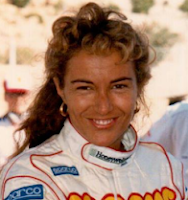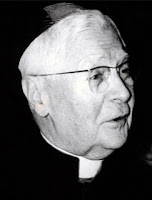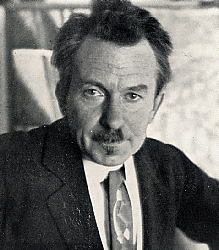Suso Cecchi D'Amico - screenwriter
Woman who scripted many of Italy's greatest movies
Suso Cecchi D’Amico, the most accomplished and sought-after screenwriter in 20th century Italian cinema, was born on this day in 1914 in Rome. She collaborated on the scripts of more than 100 films in a career spanning 60 years and worked with almost every Italian director of note, particularly the pioneers of neorealism, the movement in which she was a driving force. The classic films in which she was involved are some of the greatest in cinema history, including Vittorio De Sica's Bicycle Thieves (1948), William Wyler's Roman Holiday (1953), Mario Monicelli's I Soliti Ignoti (1958), which was released in the United States and Britain as Big Deal on Madonna Street, and Francesco Rosi's Salvatore Giuliano (1962). She was best known for her professional relationship with Luchino Visconti, for whom she was the major scriptwriter on almost all his films from Bellissima (1951) to The Innocent (1976), including his acclaimed masterpieces Rocco and His Brothers (1960) and Il Gattopardo (1963). She was born Giovanna Cecchi in Rome. Just after her birth, her father named her Susannah, of which Suso is a Tuscan diminutive. Read more…
___________________________________________________________________
Guglielmo Ferrero - journalist and historian
Nobel prize nominee who opposed Fascism
The historian, journalist and novelist Guglielmo Ferrero, who was most famous for his five-volume opus The Greatness and Decline of Rome, was born on this day in 1871. The son of a railway engineer, he was born just outside Naples at Portici but his family were from Piedmont and while not travelling he lived much of his adult life in Turin and Florence. A liberal politically, he was vehemently opposed to any form of dictatorship and his opposition to Mussolini’s Fascists naturally landed him in trouble. He was a signatory to the writer Benedetto Croce's Anti-Fascist Manifesto and when all liberal intellectuals were told to leave Italy in 1925, he refused. Consequently he was placed under house arrest. It was only after four years, following appeals by officials from the League of Nations and the personal intervention of the King of Belgium, that he was allowed to leave Italy to take up a professorship at the Graduate Institute of International Studies in Geneva. Read more…
_________________________________________________________________
Beppe Grillo - comedian turned activist
Founder of Five Star Movement
The comedian turned political activist Beppe Grillo was born on this day in 1948 in Genoa. Grillo is the founder and president of the Five Star Movement - Movimento Cinque Stelle - a growing force in Italian politics that currently shares power with the right-wing Lega party. Five Star’s rise was highlighted first when its candidate Virginia Raggi was elected Mayor of Rome. The party then polled more than 25 per cent of the votes for the Chamber of Deputies at the 2013 elections in Italy and almost 24 per cent of the votes for the Senate, emerging as the biggest threat to then-Prime Minister Matteo Renzi's centre-left Democratic Party. Raggi won 67 per cent of the vote in Rome. Another M5S candidate, Chiara Appendino, was elected Mayor of Turin, beating the Democratic Party candidate into second place. Overall, Five Star won 19 of 20 mayoral elections which it contested. Grillo launched M5S as a protest group in 2009 but his ability to inspire audiences led to a rapid growth in popularity. It positioned itself as anti-corruption, anti-globalisation and pro transparency in the political system. Read more…
Home
























